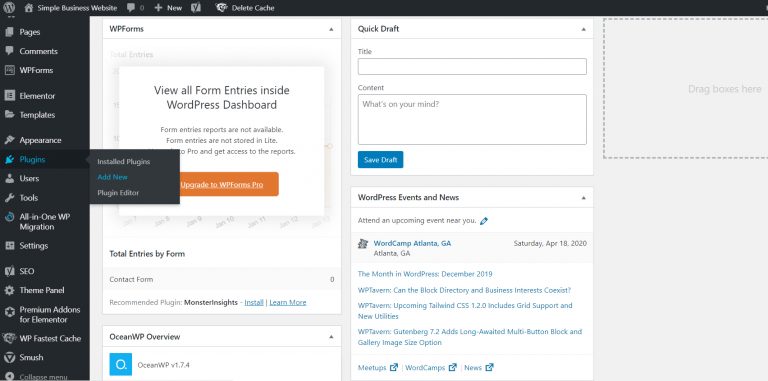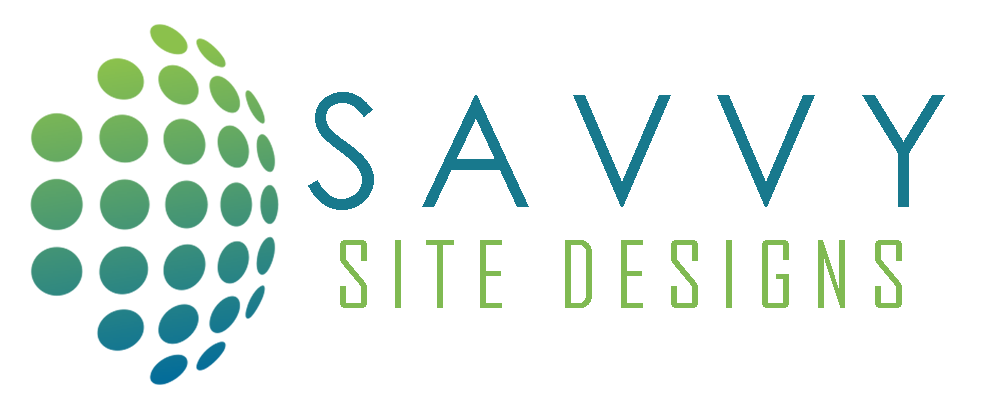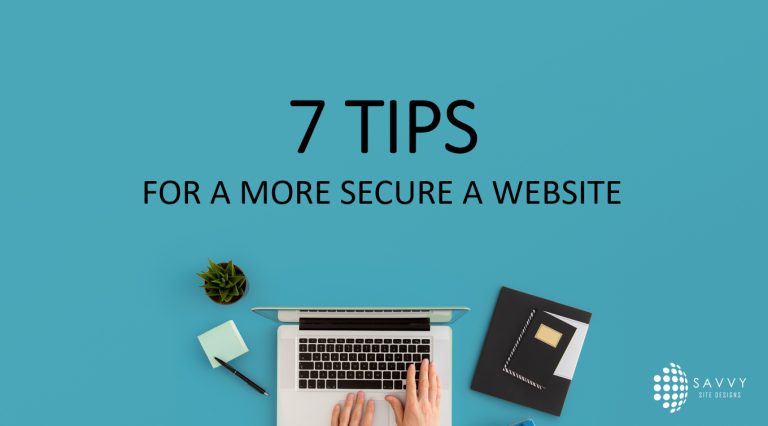SEO, Search Engine Optimization, is an important part of having a successful website. Adding SEO to your website’s pages is beneficial in helping search engines match your content with searchers across the web, but many times images are overlooked in the site SEO process.
Today, image optimization will be our focus, and we have some great tips below to help you optimize all the images on your website to ensure not only your content is bringing visitors to your website, but your images are working hard for you as well.
#1 Optimize FileName
Many times, site owners simply pull images from their phones, cameras or the web and insert them in their media gallery. I urge you to take a moment and rename these images with descriptive and keyword rich terms. Also, when renaming an image make sure to separate words with hyphens and not underscores.
Example: Img_20345.jpg change to toms-crab-shack-interior.jpg
#2 Optimize File Size
When uploading images into your media gallery it’s important to have the correct image file size. You want to make sure the image isn’t too small and will appear pixelated on your page, but also not too larger and takes a long time to load.
A great plugin to assist you with this is Smush Image Compression and Optimization. Smush can be setup to auto resize large images without loosing any quality. Also, they will alert you if images are too small. This free tool is the simplest was to ensure that your image size is just right!

#3 Add Alt Text
Search Engines can not see images, understand what the image is, or it’s relevance to the content of the page. So, we use Alt Text Tags to explain to search engines what the image is and how it is relevant to the content near it. Also, this is very important for ADA compliance, so that anyone with vision disabilities can understand the images on the page.
Tips for creating Alt Text Tags:
- Bad: Do not stuff Alt Text Tags with Keywords.
- Bad: Do not use hyphens or dashes between words.
- Good: Plain language of relevant information describing the image.
- Good: Short and Sweet.

#4 Add Captions and Titles
Like Alt Text Tags, image titles and captions should follow the same rules. Titles are the most important for search engines because the title of an image is used and indexed by search engines. Captions are more for the visitor and will show when the visitor rolls over the image, so it is optional. You should always use captions, if you have any text inside the image to relay that text again.

#5 Image Placement
Like headings, you should place images of high importance close to the top of the page. Likewise, supporting images should be placed below or secondary to relevant content.
#6 Text Inside Images
We do not recommend text inside images. If you want to overlay text on an image, I recommend making the image a background and then add a text heading over the image with html. This is easily done using Elementor’s Page Builder. However, if you use an image with text inside, make sure to add that text to the image caption.
#7 Image Schema
First, What is an image schema? Well, a schema is a standardize and simplified way to structure data, so that search engines can better understand and index results. We uses image schemas to tell the search engines about our images, so they will better be able to send visitors to our site with relevant content attached to the visitors search. To learn more about image schema and view markup examples got to Schema.org.

#8 Open Graph Meta Tags
What are Open Graph Meta Tags ? Open graph meta tags were started by Facebook, but now used by Facebook and Twitter so that you can choose the title, description and image that shows when the page link is shown or shared on these social media platforms. We recommend using the free plugin Yoast SEO to add your Open Graph Meta Tags to all of your pages.

#9 Image Sitemap
Just as a sitemap is important to index your website’s pages for search engines, it is just as important to add an images site map to your site.
If you are using Yoast SEO , the powerful free plugin creates an image site map for you. If you are not using Yoast, you can generate an image sitemap using many different online tools. After you generate your sitemap upload it to the website’s root folder.

#10 Images & Text
Images improve the visitor’s experience and is are a very important aspect of any successful website. Although, make sure that each and everyone of your website’s pages contains more relevant content then images to ensure your pages catch the ‘eye’ of the search engines. Because, if the search engines are not sending visitors to your website. It wont really matter how amazing it is.
We hope you found this article and video tutorial useful. We do offer monthly packages that include website SEO, so if you are interested in learning more about our packages or just have any questions, please feel free to Contact Us.

